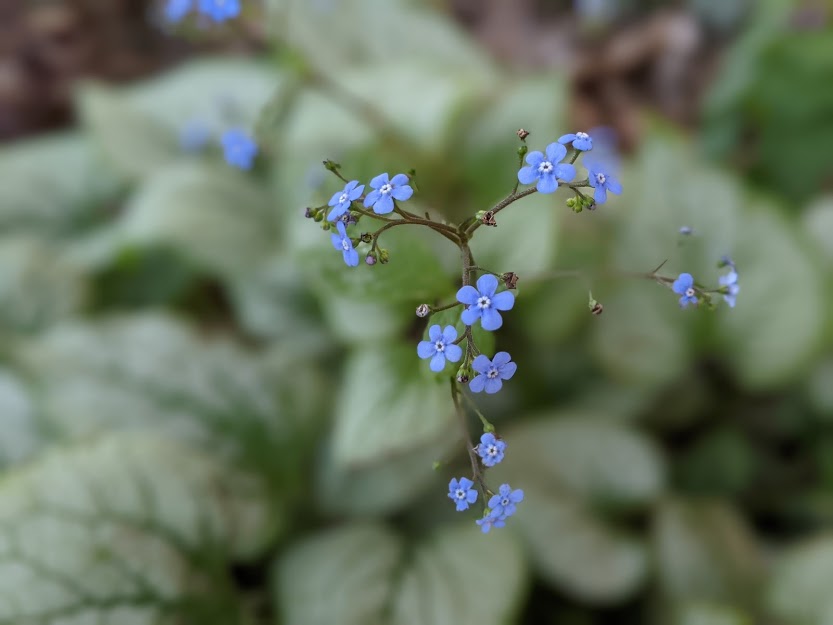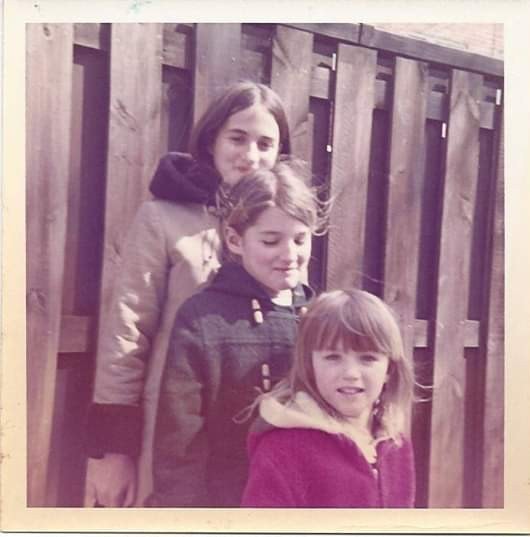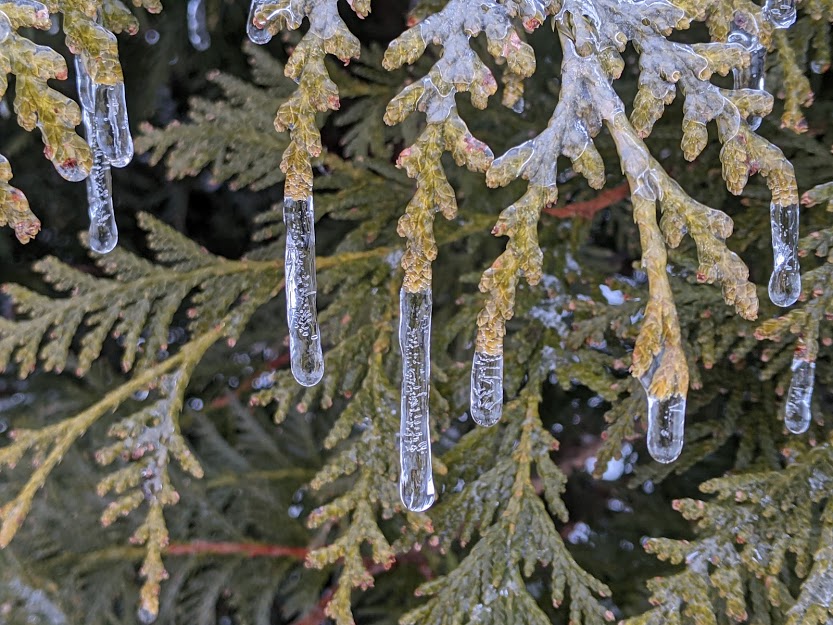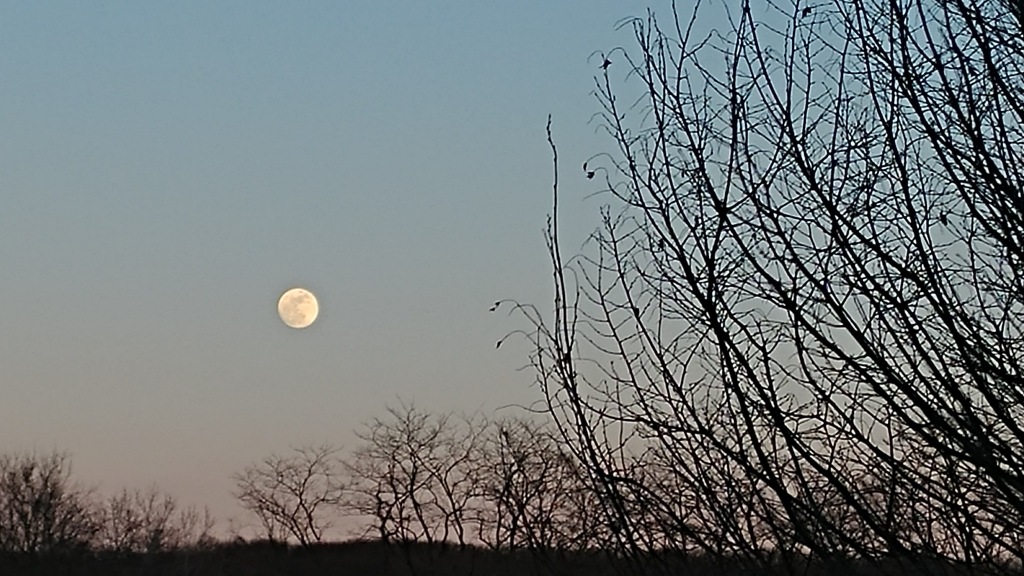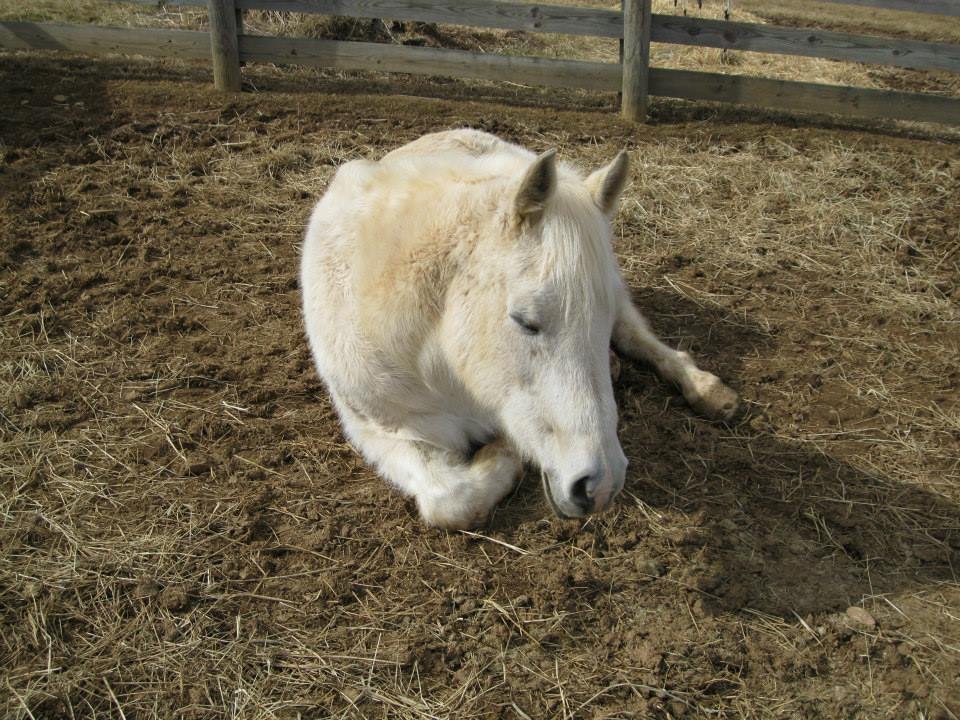
A couple of days ago I set up my wildlife camera next to the bird feeders to record who all showed up over the course of a day. I’ve only been paying attention to birds in any kind of focused way for the past two years, and I would not call myself an avid birder. My interest in them started when I decided I wanted to take a bird photograph every day for a 100 days of fill-in-the-creative-endeavor project, and while I still enjoy trying to get decent photos of them, I’m not that committed to that either. I follow a local online birding group and I see a lot of amazing photos there, and a lot of people excitedly adding to their life lists (the poor painted bunting who showed up in the DC suburbs seemed to have more photographers than all the current and former British royal family combined). I admire the enthusiasm but I don’t fully understand it. I do get pretty excited when I see a bird I’ve never seen and can actually identify, but maybe next year I’ll forget and get just as excited again.
I had the bird feeder camera set up for about ten hours to try to catch multiple feeding cycles. Most of the 1,354 photos are just that – repeat cycles of the same visitors, including a cardinal couple, a red bellied woodpecker couple, a blue jay, a mockingbird (it could be more than one – they come one at a time and I can’t tell them apart), a bluebird or two, a few brown headed cowbirds, a vast parade of house finches (with an occasional purple finch to remind me I am terrible at finch identification), goldfinches, little chipping sparrows, and one very fat and sassy squirrel. The photos I like best are the ones that make me laugh: the squirrel moving from one feeder to another, several bird blurs coming and going at once, a goldfinch in the middle of a 180 as he realized he didn’t want to mess with the mockingbird and he could come back later.

It turns out to be watching the regular birds doing regular bird things that interests me most. An eastern kingbird in his little tuxedo perched on the fence looking so refined, and then full-on assaulting a robin, appearing to say “I said GOOD DAY, sir!” to the back end of the departing robin. The way the female cardinal always shows up first, whether at the feeder or a tree, and then is joined by her mate – in contrast to the red bellied woodpeckers, who take entirely separate turns at the feeders, and always the male first. Many of the birds I’m seeing now I saw all winter. I’ve been watching the male goldfinches shift from a dull sort of olive color in winter to their bright yellow breeding plumage. The chickadees who buzz impatiently at me from the nearby sugar maple while I fill the feeders may well be the same ones who have been buzzing at me all winter, though their red breasted nuthatch and pine warbler associates who were bold enough to perch right on the stands while I added seed seem to have moved on.
The green herons have made their first spring appearance. They are following their usual pattern: first I see one flying north from the reservoir next door, perhaps to one of the other nearby ponds. Then I start seeing them flying over our property to or from the water – that’s the phase we are in now. Soon those flights will include carrying sticks to build their highly hypothetical looking nests, which I believe are constructed of eleven twigs and some wishful thinking, but they always do the trick. Last year when they built a nest in the weeping cherry right outside our bedroom window and I found one of the eggs after it hatched, I was amazed how small it was, and that it didn’t just slip right through the twigs. Green heron baby watch may be my favorite season, and it’s coming soon.
The barn swallows returned in April, as they always do. The consistency of birds is another thing I love, and barn swallows seem to be among the most punctual. We have had barn swallow mud nests in all of our run-in sheds for years, but I haven’t seen any evidence they are inhabited. I don’t know if swallows reuse nests; they may just be out and about doing their swallow activities all day. Far and away my favorite thing about mowing is having the swallows fly low and fast around me, eating the bugs that are scared up by the tractor. It’s a little wet to mow right now, but I had to mow the dog yard so as to not lose the actual dogs in the tall grass, and I had swallow companions the whole time. They were one of the first birds I paid attention to, in my early twenties when I didn’t have attention for much but the fact that I seemed to be losing my mind. Luckily I was working on a 95 acre farm at the time and there was a lot of mowing to do. I sat on the tractor for hours, sifting through depression and trauma and confusion and grief, all of which lightened with the swoop and swish of the barn swallows. For me, barn swallows are the dolphins of the air. They always make me smile, with their tiny rust colored breasts and bright eyes and sparkling wings filling my heart and reminding me to look up.
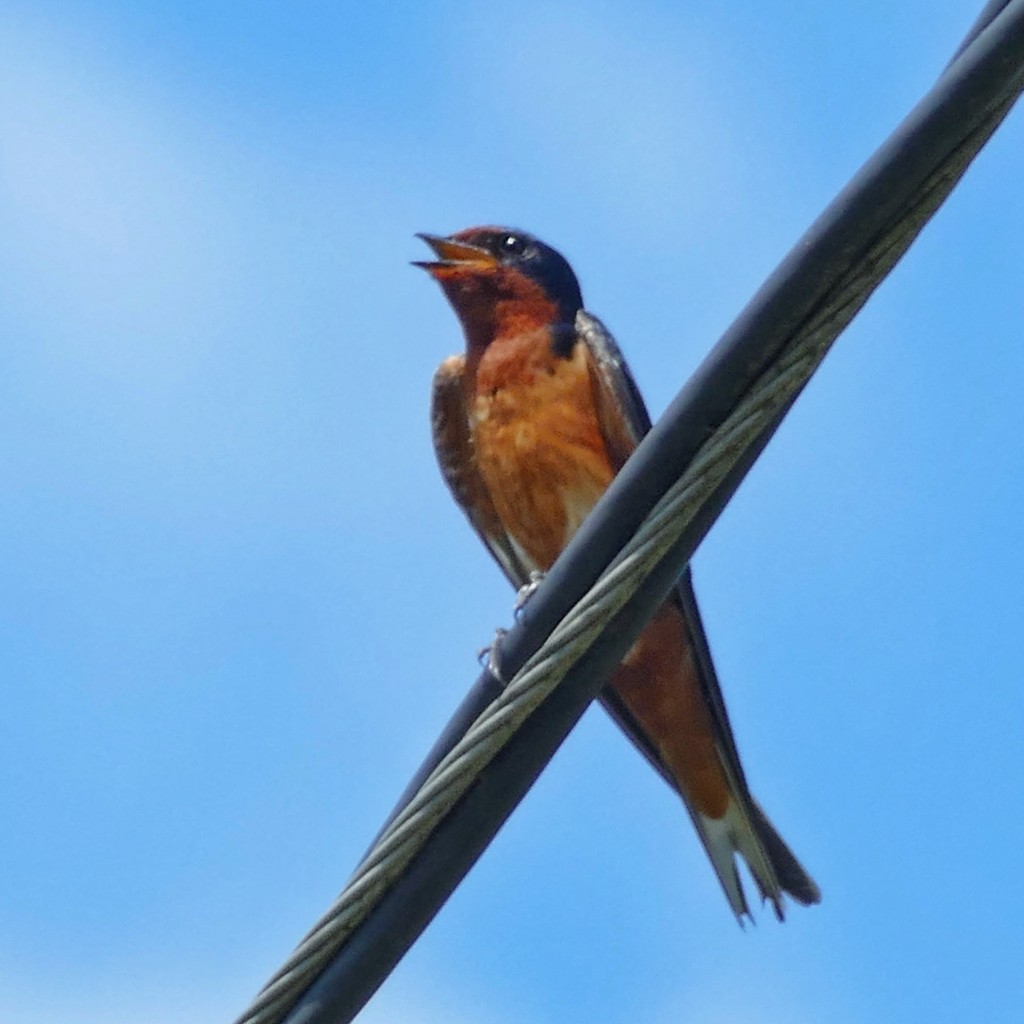
In the two years since I started my current bird journey I have also had bouts of depression and trauma and confusion and grief and feeling like I’m losing my mind. Most of it has been less extreme than in my early twenties – life in general was just more extreme when I was in my early twenties. But some things have gotten bigger, or harder, and the grief keeps adding up.
As with my early barn swallows, all the birds I watch now help me through that grief, and all the other worries large and small. We have raptors here as well as song birds, so I get frequent reminders from the birds (or the remains of the birds) that nature can be brutal, but I also get the beauty. I get the ebb and flow of bird migrations, the transient joy of the exotic visitors passing through, the birds who stay, the birds who return again and again, the birds who build their improbable nests and raise their babies against slim odds to start the cycle all over again.




